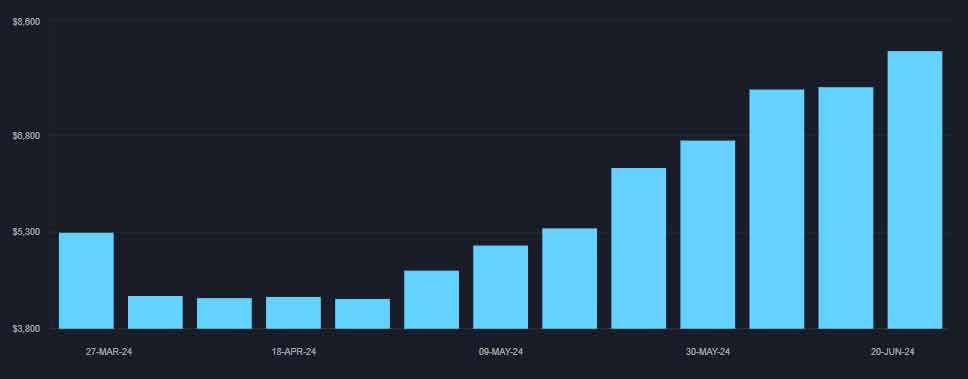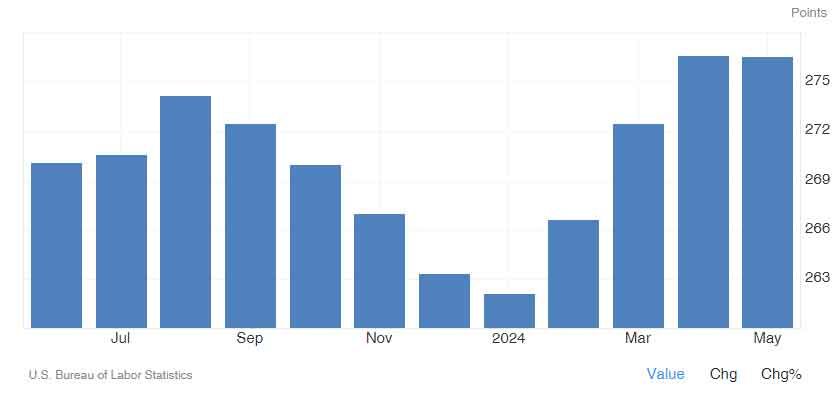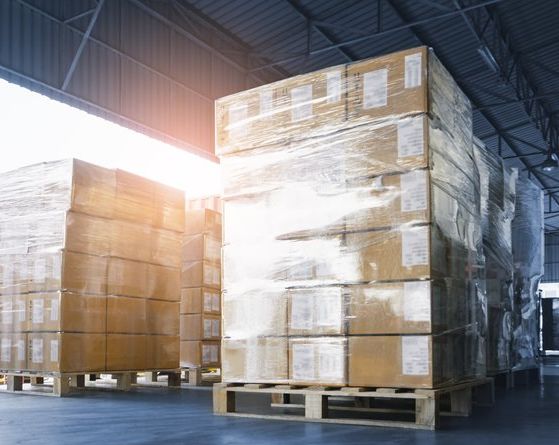Why have international shipping rates risen again?
International Shipping Costs Rise Impacting Global Supply Chains
Shipping costs have sharply increased this quarter. Ports are experiencing floating traffic jams, and freight costs are multiplying, leading to shortages of goods. These issues, reminiscent of the COVID-19 pandemic, have modestly resurfaced.
An early peak season, Red Sea diversions, and port congestion have tightened supply, causing ex-Asia ocean spot rates to climb last week.
| Ocean Rates | Cost | TF | Price Delta |
|---|---|---|---|
| Asia-US West Coast | $6,840/FEU | FBX01 Weekly | +15% |
| Asia -US East Coast | $8,113/FEU | FBX03 Weekly | +7% |
| Asia-N. Europe | $7,001/FEU | FBX11 Weekly | +8% |
| Asia - Mediterranean | $7,169/FEU | FBX13 Weekly | +4% |
Source: FBX FreightOS Terminal
TLI experts negotiate with international shipping carriers and forwarders for clients moving products globally. Recently, TLI has observed cargo prices soaring due to various disturbances at sea.
Why are International Shipping Costs rising again?

Late last year, Houthi rebels in Yemen began targeting ships entering the Red Sea en route to the Suez Canal, a crucial route for vessels between Asia, Europe, and the East Coast of the U.S. This forced ships to take a longer route around Africa, extending journeys by up to two weeks. A severe drought in Central America also reduced water levels in the Panama Canal, limiting the number of ships passing through.

Dockworkers in the U.S. and Germany have threatened to strike, while Canadian rail workers are also poised to walk off the job, threatening North American cargo movement and port operations in Vancouver. These disruptions have led carriers to increase rates, raising the risk of waterborne gridlock and potential product shortages during the critical holiday shopping season, which could also exacerbate inflation concerns in the U.S. presidential election.

International Delays Impact on Supply Chain Costs
Since October, the cost of moving a 40-foot container from China to Europe has risen to about $7,000, significantly higher than pre-pandemic levels. Shipping rates across the Pacific have similarly increased, now costing over $6,700 from Shanghai to Los Angeles and nearly $8,000 to New York. Importers are frustrated by carriers canceling bookings and demanding extra fees, while three major alliances control the majority of container traffic between Asia, Europe, and the U.S. East Coast.
Delays in shipping chemicals lead to factory production delays, food spoils, and seasonal clothing demand drops. Ships stuck at ports disrupt the flow of goods, burdening warehouses and the trucking and rail industries. Rates from Asia to the U.S. West Coast and Northern Europe have risen to about $7,000 per FEU, with East Coast rates above $8,000 per FEU. Transpacific demand is expected to peak in August, likely pushing rates higher.
International Shipping Congestion
Congestion and capacity shifts are causing rate increases and surcharges on lower-volume trade lanes. Freightos Terminal data shows East Asia-India rates have quadrupled since early April. Despite adding East-West capacity, major carriers haven't reduced transpacific or Asia-Europe rates.
Congestion remains an issue in Barcelona but is easing in Singapore, Malaysia, and China, partly due to increased use of India’s Mundra Port, which is now experiencing some congestion. In France, port workers postponed planned strikes until September. In Canada, a rail worker strike looms as the Industrial Relations Board prepares a final decision.
Air Cargo Volumes
| Air Rates | Costs | Price Delta |
|---|---|---|
| China - N. America | $5.43/kg | (1%) |
| China - N. Europe | $4.33/kg | (1%) |
| N. Europe - N. America | $1.62/kg | (1%) |
Despite increased U.S. Customs scrutiny, air cargo volumes remain strong. Freightos Air Index rates from China stayed elevated last week at $5.43/kg to North America and $4.33/kg to Europe. Rates from South Asia and the Middle East remain high despite ocean freight delays and costs. Ocean rates from Shanghai to the UAE have surged 115% to nearly $5,000 per FEU since early April, making sea-air service less appealing due to port congestion in Jebel Ali.
What can we do?
Shippers should partner with TLI to manage all their transportation and freight needs because we are experts in the field and will deliver exceptional results. Our advanced TMS technology and experienced professionals ensure efficient and cost-effective solutions, allowing you to delegate the complexities and focus on your core business. With TLI, you can trust us to handle the logistics, negotiate with carriers, and optimize your freight spend, giving you peace of mind and better control over your supply chain.
TLI Insights
Get the latest logistics insights and tips from Translogistics’ award-winning team. Stay ahead in transportation planning.
Questions? Email us at marketing@tli.email



